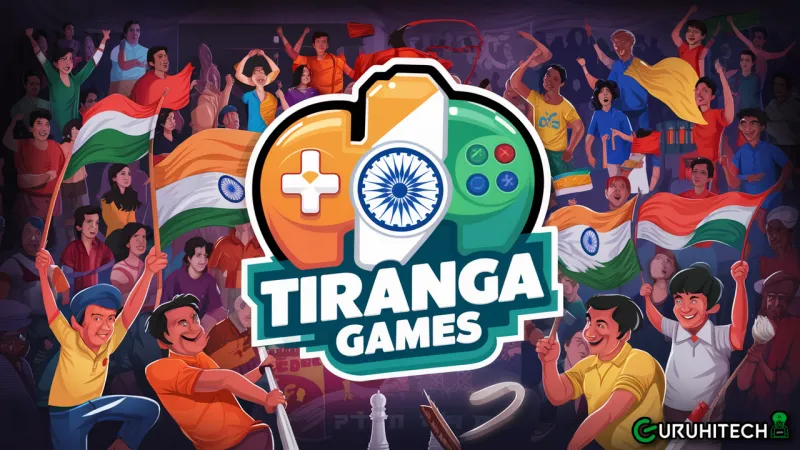Introduction
The Tiranga Game is a fun and engaging activity designed to celebrate the spirit of patriotism and unity in a nation. Named after the national flag of India, the game takes its inspiration from the three vibrant colors of the flag – saffron, white, and green. The Tiranga Game, often played during national festivals, school events, or community gatherings, promotes teamwork, coordination, and an understanding of the rich cultural heritage of a country. It’s not just a game but an educational experience that helps young minds appreciate the significance of the national flag and the values it represents.

The Significance of Tiranga
Before delving into the mechanics of the game, it’s important to understand the symbolism behind the national flag. The Tiranga consists of three horizontal bands of color: saffron at the top representing courage and sacrifice, white in the middle symbolizing truth and peace, and green at the bottom, representing faith and chivalry. The Ashoka Chakra, a 24-spoked wheel in the center, stands for the eternal wheel of law. These elements represent the foundation of a nation’s progress and values.
Objective of the Game
The Tiranga Game aims to foster teamwork, understanding, and respect for the national symbols. It provides a platform for participants to engage in physical and mental challenges while encouraging them to work together. The game is designed to improve coordination, critical thinking, and creativity among participants, all while paying homage to the national flag.
How the Game is Played
The Tiranga Game can be played in a variety of ways depending on the number of participants and the available space. It is usually played in teams, with each team representing one of the colors of the national flag – saffron, white, and green. The goal is for each team to work together to complete different tasks that will help them reach the finish line first.
Preparation:
Divide the players into three teams based on the colors of the flag.
Each team receives matching color props, such as flags, caps, or ribbons in saffron, white, and green.
Set up an obstacle course or a series of challenges that players need to complete, such as relays, puzzles, or problem-solving tasks.
Game Phases:
Phase 1: The game begins with a relay race where players must pass a baton or a flag to the next player. The first team to complete the race successfully earns points.
Phase 2: Teams face problem-solving challenges related to India’s history, culture, or geography. For example, participants could be asked to identify symbols from the national flag or match historical events with the correct dates.
Phase 3: In the final phase, teams work together to form a large representation of the national flag using materials like cloth or paper. The team that creates the best replica of the Tiranga wins additional points.
Winning Criteria: The team with the most points accumulated from completing the race and challenges wins the game. However, the ultimate goal is not just victory but a sense of unity and collaboration. The game encourages participants to appreciate their heritage and work together toward a common goal.
Conclusion
The Tiranga Game is a unique way to blend patriotism with play. It reinforces the values symbolized by the national flag – courage, peace, and faith – while fostering teamwork and collective effort. More than just a competition, it serves as a reminder of the importance of unity in diversity and the role each individual plays in contributing to the nation’s progress. By participating in this game, players not only celebrate their love for their country but also gain a deeper understanding of the symbols that represent their identity.